The Best Skin Care Routine for Your Age, According to Dermatologists
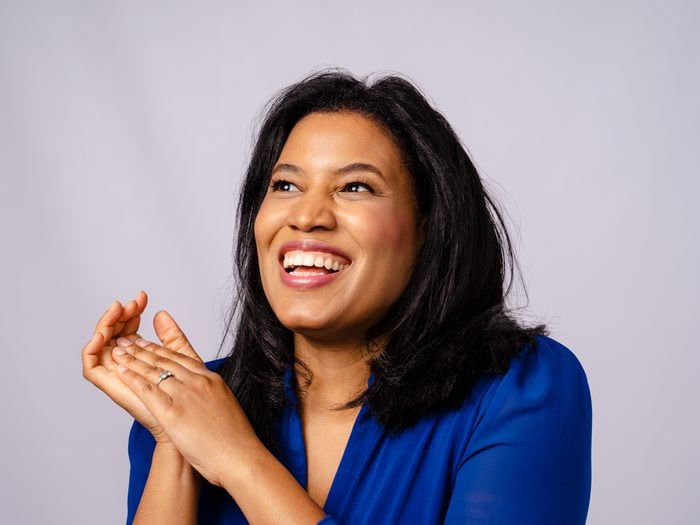
These four dermatologists have incredible skin. That's not shocking. What is surprising is that they reach for so few products.
Over the past few years the skin care world has exploded, and once-buzzy words like “micellar” and “hyaluronic” have now become part of our vocabulary—and our skin care regimens. What began as a one- or two-product routine has expanded to more stuff than can possibly fit in a medicine cabinet, leading us to wonder, Is this all necessary?
Short answer: no. We asked four dermatologists about their skin care routines and recommendations for women of different ages, and their answers were similiar—and surprisingly simple. While skin care isn’t one-size-fits-all—skin type and specific concerns can influence a regimen—the derms agree that only a handful of products are truly necessary.
The top recommendation is, yes, sunscreen. “People want to pile six things on their face, but the most powerful thing to do is to consistently use sunscreen from as early in life as possible,” says Dr. Heather Woolery-Lloyd, a Miami-based dermatologist and faculty member of Canada’s Skin Spectrum Summit. Sunscreen is the first line of defence against fine lines, wrinkles, sagging skin and hyperpigmentation. It can even help reverse sun damage.
Look for a sunscreen that’s broad-spectrum, which protects against UVA and UVB rays, and has a sun protection factor (SPF) of at least 30. But sun safety shouldn’t stop there—everyone should also wear a hat with a three-inch brim, seek shade, wear long sleeves and pants and reapply sunscreen every two hours during exposure.
The other non-negotiables, according to the derms, are cleansers and moisturizers. Cleansers should be used at least once a day, ideally at bedtime, to remove makeup, debris, pollutants and anything else that may have latched onto the skin throughout the day. “That gives the skin a clean canvas and enables it to breathe and repair any damage,” says Dr. Monica Li, a dermatologist in Vancouver.
A few of the derms use moisturizers that contain ceramides, which are lipids that our body produces natually. Ceramides make up around half of our skin’s outer barrier, but we lose them as we age and by overusing exfoliants or other harsh ingredients like the ones in acne medications. Luckily, we can replenish our ceramide supply by using products with synthetic ceramides. They help soothe skin, tame eczema and rosacea and lock in moisture for dry skin.
Aside from sunscreen, cleanser and moisturizer, there are two other products that pop up in the dermatologists’ routines and recommendations: vitamin C and retinoid. Both ingredients can be effective at targeting age-related concerns, like dark spots and fine lines, with regular use.
Here, the derms share how to achieve a healthy complexion without a complicated, time-consuming and costly routine.
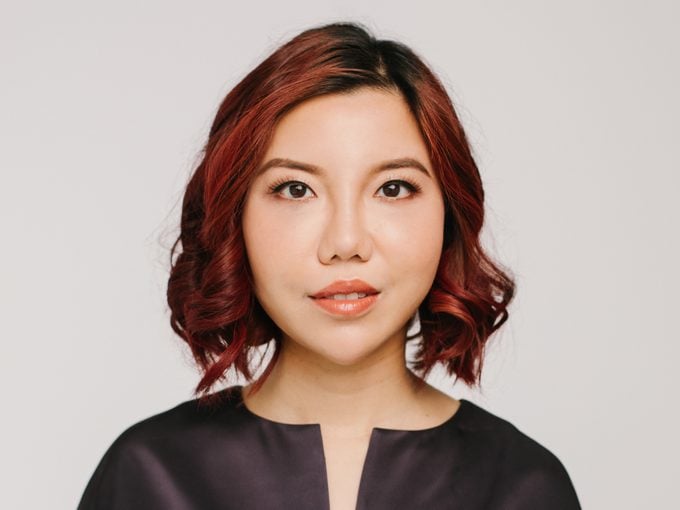
30s: Dr. Monica Li, Vancouver
What’s happening?
“Most people are starting to show the earliest signs of aging. We might see fine lines, a few wrinkles and some volume loss. We also start to see the effects of sun exposure throughout our lifetime. We may not have been careful in the sun as kids, so even if we’re careful now, we can see the signs of sun damage from when we were young.”
What’s your routine?
“In the morning, I always clean my face with a gentle cleanser that has ceramides in it, then a gentle toner that contains micellar water, which helps shrink the appearance of pores. I pat a few drops of vitamin C serum into my skin, wait a few minutes, and then I put on light face lotion. I don’t like a heavy moisturizer during the day as it can clog my pores. That’s followed by a mineral sunscreen. At night, I use the same cleanser and toner, but two or three nights a week I swap it out for a cleanser that has salicylic acid in it for an exfoliating effect. On the nights I don’t use my salicylic acid cleanser, I use retinol. I spread a thin layer across my face and wait a few minutes before applying an eye serum and moisturizer. I change moisturizers and use ones containing ingredients or formulations that are evidence-based—ceramides, as it supports a healthy moisture barrier; hyaluronic acid, as it has water-drawing and hence moisturizing properties; and colloidal oatmeal, as it helps to soothe the skin and retain hydration at the skin surface. I’m a proponent of trying different products as there are always new ones in the skin care market—and I want to be in the know!”
What do you recommend to patients in their 30s?
“There’s still time for prevention in our 30s! Retinol is key. It can help produce collagen, so it helps reduce fine lines and shrink the appearance of the size of pores. It can be drying and irritating, but it’s still effective if used just two to three times a week. It comes in different potencies for different uses. The most potent ones are called retinoids, which are by prescription, and those ones can also treat skin ailments, such as acne. The other ingredient that’s really important for 30-year-olds is topical vitamin C, which helps the skin cells repair against environmental damage.”
(Related: How to Find the Right Vitamin C Serum for You)
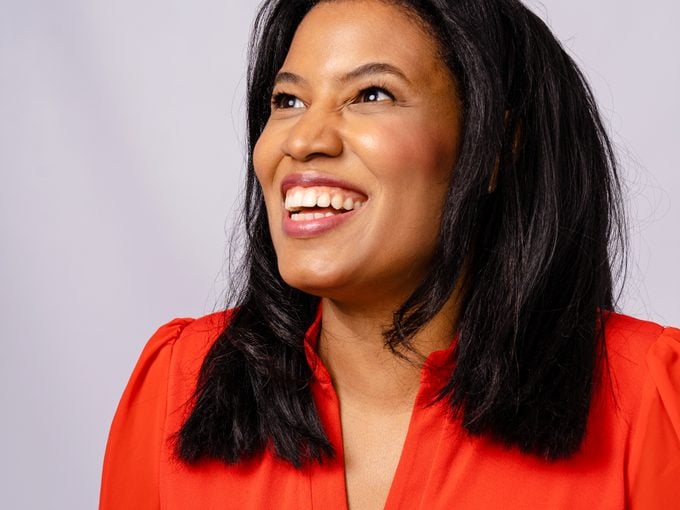
40s: Dr. Heather Woolery-Lloyd, Miami
What’s happening?
“People in their 40s start to complain about wrinkles—it starts in the early 40s for lighter skin, late 40s for darker skin. In the mid-to late 40s, the complaint is skin sagging. We start seeing skin laxity, like jowls, marionette lines and heaviness in the cheeks. When you’re young, the apples of your cheeks are high, but because we live on planet Earth, gravity pulls them down over time. Dark spots from the sun are also a big concern—they start in the 30s but become more prominent in the 40s. And, if you have dark skin, dark spots are common starting in the 20s because of acne.”
What’s your routine?
“I don’t have a very complicated skin care routine, primarily because I’m a busy mom. In the mornings, I use a gentle cleanser. After cleanser, I sometimes use a moisturizer if my skin is dry. I always use a chemical sunscreen that’s SPF 30 because it’s clear, so I don’t get that white cast on my skin that mineral sunscreens cause. At night, I use the same gentle cleanser, and if I feel my skin is becoming more uneven or if I want to prevent unevenness, I use a dark spot corrector pad—they’re great for evening out skin tone. Occasionally I use a retinoid. My skin is dry, so I use it when my skin can tolerate it. But I use a moisturizer on top and that helps. I go on and off eye cream—it just depends on how compliant I am!”
What do you recommend to patients in their 40s?
“I like antioxidants, such as vitamin C or green tea polyphenols, which promote a brighter complexion and helps with sun protection. Sunscreen with SPF 30 prevents 97 percent of the sun’s UVB rays from entering the skin, but there’s about 3 percent that goes into the skin and can be disruptive—sunlight UVB is a type of radiation. I also like a retinoid, which has been proven in multiple large controlled trials to prevent and reverse wrinkles.”
(Related: Phytoretinol:—The Best Retinol for Sensitive Skin)
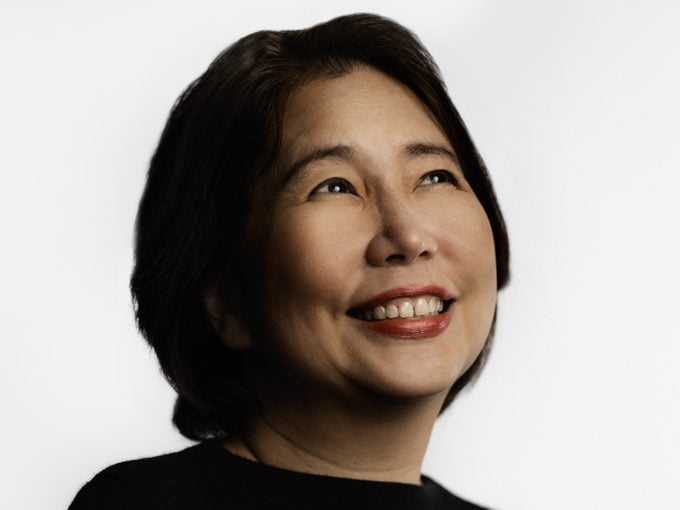
50s: Dr. Marlene Dytoc, Edmonton
What’s happening?
“In their 50s, many women experience the advent of menopause, so there are hormonal changes that can impact skin, like dryness and irritation. This can also predispose you to conditions such as eczema, especially in dry climates. People also see more photoaging, the development of fine lines and wrinkles, and a decrease in collagen, due to cumulative sun exposure. This is also the age when people may notice the structure of the face starts to drop, and we get more concerned about pre-cancerous spots developing.”
What’s your routine?
“Before I leave the house in the morning, I use a cleanser and then a moisturizer with ceramides to repair the skin barrier and really moisturize my skin. Then I apply a broad-spectrum mineral sunscreen. In the evening, I wash my face again and put on some moisturizer. Some people would like to be more proactive with their skin and use anti-aging properties like retinols and acids, but I just don’t—I prioritize sunscreens and moisturizers that are hypoallergenic. Sun protection and adequate moisturization are key to an anti-aging routine.”
What do you recommend to patients in their 50s?
“Since dryness is often a concern, we want to concentrate on moisturizing by choosing a product that has humectant, emollient and occlusive properties, a great trifecta, plus ingredients that replenish the skin barrier. For cleansers, we want one that’ll help skin maintain a healthy pH balance. If you use alkaline cleanser, it strips away the skin barrier, making skin drier and enabling allergens and irritants to penetrate the skin, giving rise to different kinds of rashes, including contact dermatitis or eczema. We recommend cleanser soap with a pH similar to the optimal pH range of the skin, which lies between 4.7 and 5.75. Retinol is an anti-aging ingredient to try. It can increase dryness, but you can apply moisturizer an hour after retinol, and it’ll help. It’s important to know that genetics have a lot to do with aging, so these anti-aging topical agents are not the cure for aging.”
(Related: Layering Skin Care Products—Am I Doing It Right?)
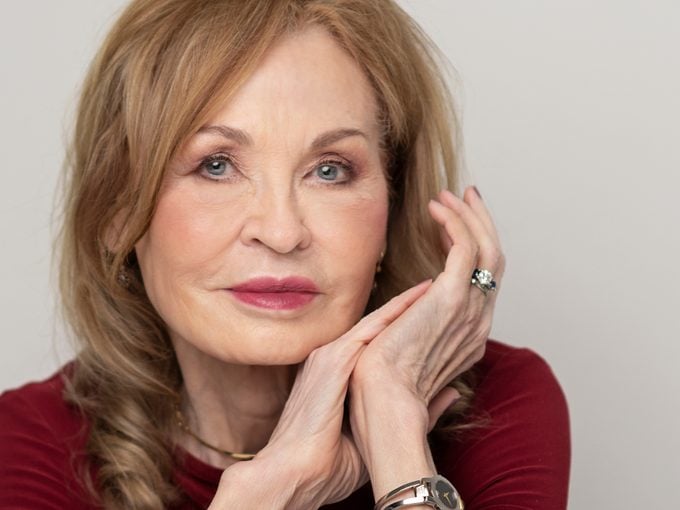
60s and beyond: Dr. Denise Wexler, London, Ont.
What’s happening?
“The face starts to descend a bit. You may notice fat loss in certain areas, like under the eyes and cheeks. The skin itself is thinner; there has been collagen loss. There are wrinkles—the amount depends on how much you’ve protected yourself, and heredity. There may be signs of sun damage, such as brown marks and lesions. Your skin will also probably be drier than it was when you were younger.”
What’s your skin care routine?
“In the morning, I use a very mild cleanser, which I use just once a day. I always use sunscreen. I’ve worn sunscreen since I was a dermatology resident. Then I use a moisturizer on top of that—one school of thought is sunscreen should be the last layer applied, but I prefer it this way, or I choose a combination moisturizer with sunscreen. I like hyaluronic acid moisturizers: They’re anti-aging and help even skin texture and colour. Then I do my makeup. At night, I don’t necessarily remove all my makeup. I don’t like to wash my skin again because I find it gets too dry. I don’t get clogged pores or pimples anymore, so I don’t feel the need to cleanse—I just go right into my routine of rotating between a vitamin C serum, a hyaluronic acid serum and topical retinoid, or a moisturizer.”
What do you recommend to patients over 60?
“Keep wearing sunscreen! It’s the most important thing to do. I also like a prescription retinoid. It tends to be more effective than over-the-counter retinols—retinols being a type of retinoid—for minimizing the signs of aging.”
(Related: 6 Best Sunscreens for People with Dark Skin Tones)
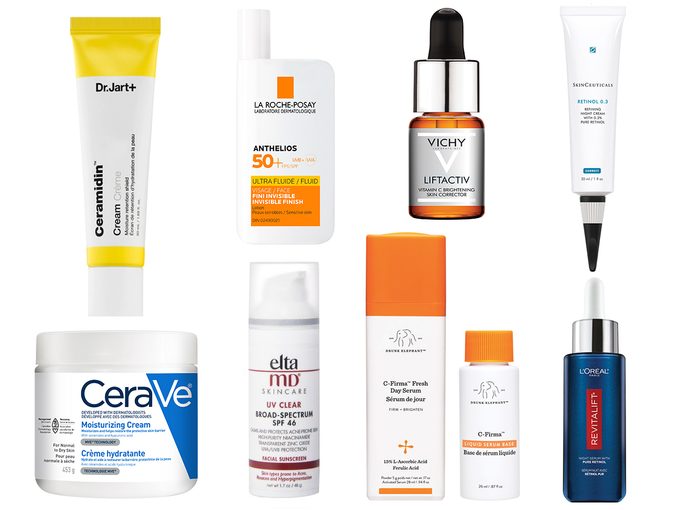
BH Picks
Moisturizer:
Dr. Jart+ Ceramidin Moisturizing Cream, $63, sephora.com
CeraVe Moisturizing Cream Daily Face & Body Moisturizer, $26, well.ca
Sunscreen:
La Roche-Posay Anthelios Ultra-Fluid Lotion SPF 50 Face, $29, shoppersdrugmart.ca
EltaMD UV Clear Broad Spectrum SPF 46, $57, tightclinic.com
Vitamin C:
Vichy Liftactiv Vitamin C Brightening Skin Corrector, $46, shoppersdrugmart.ca
Drunk Elephant C-Firma Fresh Day Serum, $103, sephora.com
Retinol:
L’Oréal Paris Serum with 0.3% Pure Retinol, Night Serum for Face, $40, shoppersdrugmart.ca
Skinceuticals Retinol 0.3, $82, skinceuticals.ca




